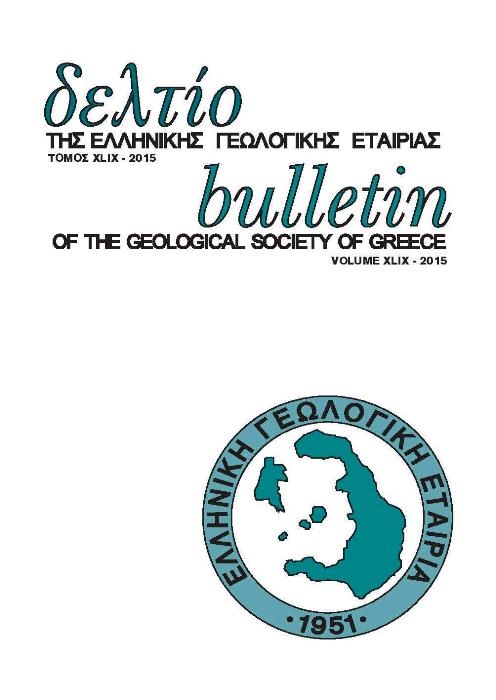Producing landslide susceptibility maps by applying expert knowledge in a GIS - based environment.

Abstract
In this paper two semi - quantative approaches, from the domain of Multi criteria decision analysis, such as Rock Engineering Systems (RES) and Analytic Hierarchical Process (AHP) are implemented for weighting and ranking landslide related factors in an objective manner. Through the use of GIS these approaches provide a highly accurate landslide susceptibility map. For this purpose and in order to automate the process, the Expert Knowledge for Landslide Assessment Tool (EKLATool) was developed as an extension tightly integrated in the ArcMap environment, using ArcObjects and Visual Basic script codes. The EKLATool was implemented in an area of Xanthi Prefecture, Greece, where a spatial database of landslide incidence was available
Article Details
- How to Cite
-
Tsangaratos, P., & Rozos, D. (2013). Producing landslide susceptibility maps by applying expert knowledge in a GIS - based environment. Bulletin of the Geological Society of Greece, 47(3), 1539–1549. https://doi.org/10.12681/bgsg.10993
- Section
- Remote Sensing and GIS

This work is licensed under a Creative Commons Attribution-NonCommercial 4.0 International License.
Authors who publish with this journal agree to the following terms:
Authors retain copyright and grant the journal right of first publication with the work simultaneously licensed under a Creative Commons Attribution Non-Commercial License that allows others to share the work with an acknowledgement of the work's authorship and initial publication in this journal.
Authors are able to enter into separate, additional contractual arrangements for the non-exclusive distribution of the journal's published version of the work (e.g. post it to an institutional repository or publish it in a book), with an acknowledgement of its initial publication in this journal. Authors are permitted and encouraged to post their work online (preferably in institutional repositories or on their website) prior to and during the submission process, as it can lead to productive exchanges, as well as earlier and greater citation of published work.








